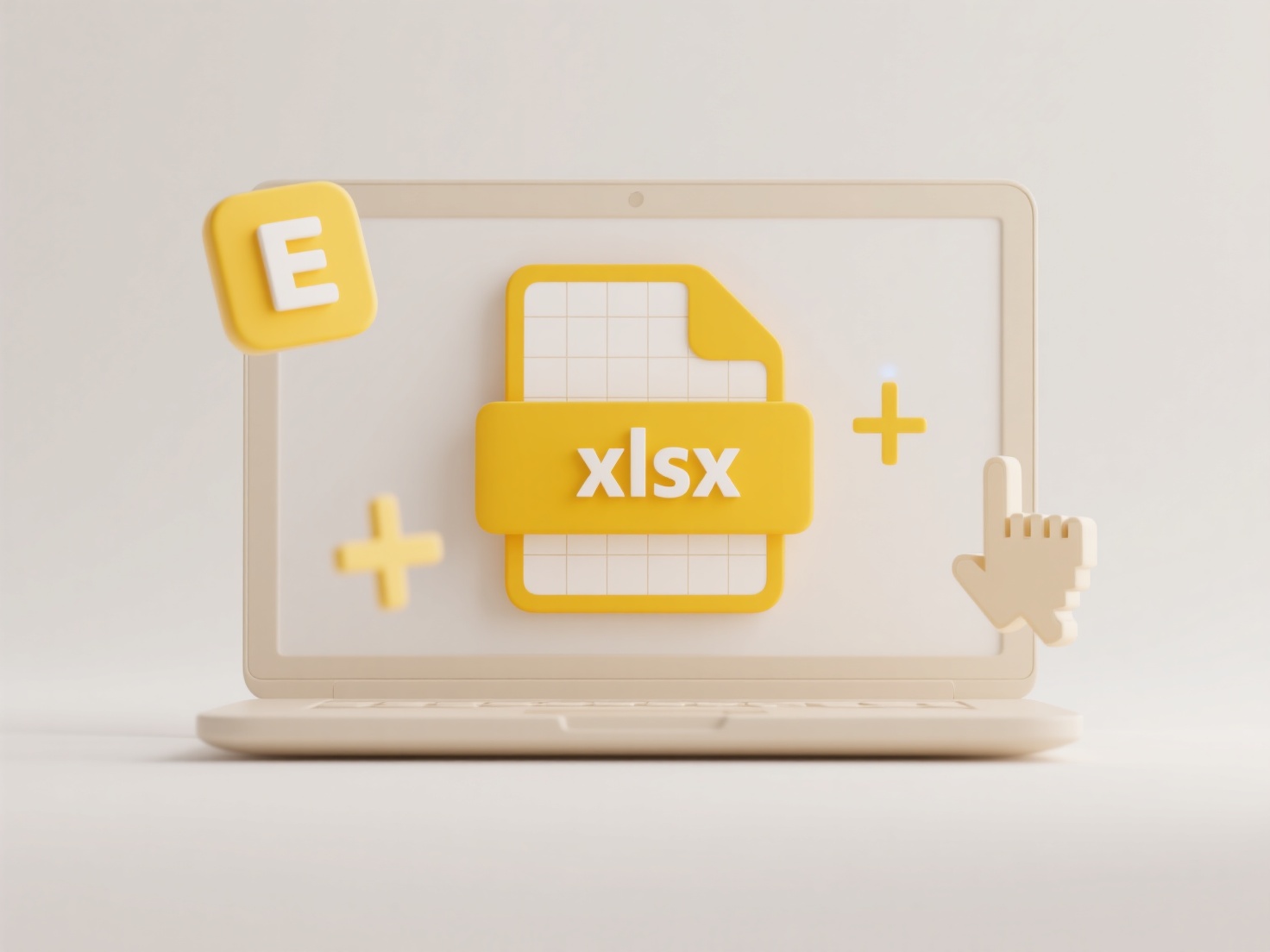
A consistent file naming system is a predefined set of rules structuring how files are titled, typically including elements like project identifier, date, version number, creator initials, and descriptive content. It differs from arbitrary naming by mandating the order, format, and required components for all shared files. This ensures files are easily identifiable, sortable, and filterable, minimizing confusion over specific details.
For instance, a marketing team might use Campaign_ABC_20230815_v2_MJ.pdf (project_date_version_creator.filetype). Engineering teams could use ProjectX-Schematic-RevA-20230815.dwg, combining project, document type, revision, and date. Such systems are crucial in content management platforms like SharePoint or Google Drive, legal document repositories, and collaborative research databases.

The key advantages are drastically improved searchability, reduced time wasted finding files, and minimized errors like overwriting or duplicate versions. Limitations include the initial time investment to define rules and potential user resistance or inconsistency. Ethically, inclusive and transparent rules avoid bias or ambiguity. Future considerations involve integrating these systems with evolving digital asset management tools and metadata tagging, balancing rigor with adaptability for long-term effectiveness.
How do I create a consistent file naming system for my team?
A consistent file naming system is a predefined set of rules structuring how files are titled, typically including elements like project identifier, date, version number, creator initials, and descriptive content. It differs from arbitrary naming by mandating the order, format, and required components for all shared files. This ensures files are easily identifiable, sortable, and filterable, minimizing confusion over specific details.
For instance, a marketing team might use Campaign_ABC_20230815_v2_MJ.pdf (project_date_version_creator.filetype). Engineering teams could use ProjectX-Schematic-RevA-20230815.dwg, combining project, document type, revision, and date. Such systems are crucial in content management platforms like SharePoint or Google Drive, legal document repositories, and collaborative research databases.

The key advantages are drastically improved searchability, reduced time wasted finding files, and minimized errors like overwriting or duplicate versions. Limitations include the initial time investment to define rules and potential user resistance or inconsistency. Ethically, inclusive and transparent rules avoid bias or ambiguity. Future considerations involve integrating these systems with evolving digital asset management tools and metadata tagging, balancing rigor with adaptability for long-term effectiveness.
Related Recommendations
Quick Article Links
Can I rename system files safely?
Renaming system files typically refers to changing the names of critical operating system or application files located i...
Are cloud-stored files subject to different privacy laws?
Cloud-stored files are subject to privacy laws, but these laws differ significantly based on location and file content. ...
How do I avoid overwriting files when saving?
Overwriting files occurs when saving a new version under an identical name and location replaces the original file entir...